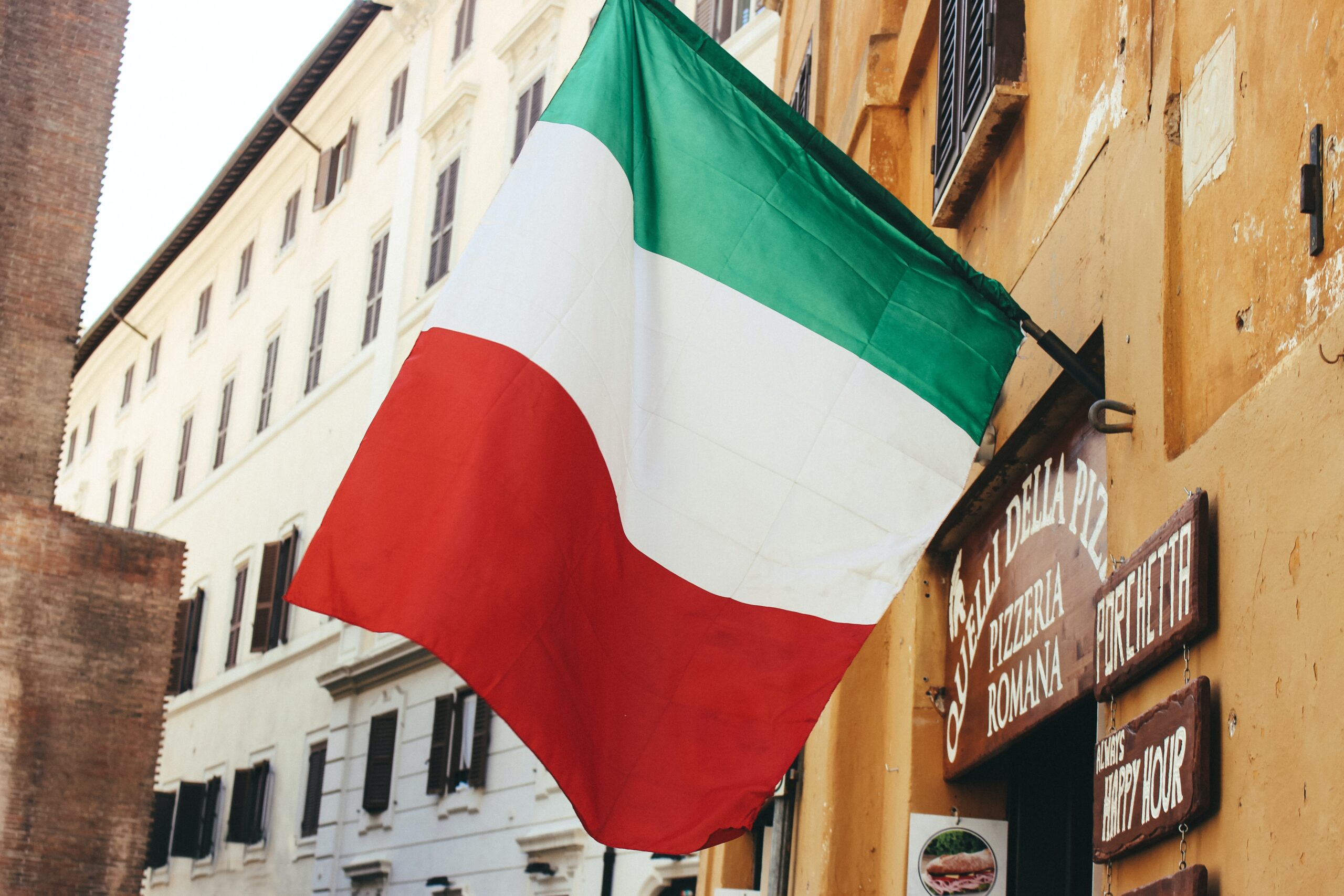GETTING THERE
When it comes to UNESCO World Heritage Sites, Italy tops the list with the most in the world — and getting there is easier than you might think. Italy is home to 37 major airports, making it a highly accessible international destination. If you’re flying from the U.S., the most convenient entry points are:
- Rome Fiumicino International Airport (FCO)
- Milan Malpensa International Airport (MXP)
- Naples International Airport (NAP) — a great choice if your itinerary includes southern Italy.
LANGUAGE
Italian is the official language, but in popular tourist areas, you’ll hear plenty of English and other languages. Still, learning a few key Italian phrases or bringing a pocket translator can go a long way in making your trip smoother and more immersive.
CLIMATE
Yes, it can snow in Italy! But if you’re chasing sunshine, aim for a summer visit between June and August — the warmest, driest months. Keep in mind, this is also peak tourist season. For a balance of pleasant weather and fewer crowds, consider traveling in April through June. Just bring a light raincoat or umbrella, as showers are more common in spring.
MONEY & CURRENCY
Italy uses the Euro (€), with coins and bills in a variety of denominations (from 1 cent to 500 euros). Most establishments accept cash, credit, and debit cards, and ATMs are widely available. Just be mindful of foreign transaction or withdrawal fees.
Tipping isn’t expected in Italy but is appreciated for exceptional service. A tip of around 10% is considered generous.
ELECTRICITY
Italy operates on 230V/50Hz. Plug types C, F, and L are commonly used, so be sure to bring a power adapter or converter if your devices use different plugs or voltages.
5 Fast Facts About Italy’s UNESCO Sites
- Italy leads the world in UNESCO World Heritage Sites with a total of 59.
- These include 53 cultural and 6 natural sites.
- Pompeii is the most visited UNESCO site in Italy.
- The stunning Amalfi Coast offers one of the world’s most scenic 25-mile drives.
- Mount Etna, an active volcano in Sicily, is a must-see for thrill-seekers and nature lovers alike.
5 Fast Travel Tips
- Comfortable walking shoes are a must for exploring cobblestone streets and historic ruins.
- Bring a refillable water bottle to stay hydrated during tours and hikes.
- For spring travel, pack a light raincoat or compact umbrella—weather can be unpredictable.
- Include a mini first-aid kit in your daypack; even the best shoes can cause blisters.
- Indulge in Italy’s world-famous cuisine—from pasta to wine. Loose-fitting pants? Highly recommended.
TOURS & EXCURSION IDEAS
- Villa d’Este, Tivoli – Near Rome, this Renaissance palace features stunning fountains and gardens.
- Amalfi Coast Drive – Cruise along cliffside roads with breathtaking sea views. Rent a luxury car and feel like a movie star!
- Naples – Just north of the Amalfi Coast, explore unique Bronze Age architecture.
- Vatican City – Dive into history, religion, and art with a visit to the Sistine Chapel.
- Tuscany – Wander through endless vineyards and enjoy a relaxing wine tour in Italy’s picturesque countryside.
- Verona – The romantic setting of Romeo and Juliet, filled with cultural riches and stunning architecture.
- Santa Maria delle Grazie, Milan – This iconic church is home to da Vinci’s The Last Supper.
- Botanical Garden of Padua, Venice – Explore thousands of medicinal plants and learn about their healing properties.
- Herculaneum – Less crowded than Pompeii, these well-preserved ruins offer fascinating insights into ancient Roman life.
- Leaning Tower of Pisa – Witness its famous tilt in person—and don’t forget the classic photo pretending to hold it up!


